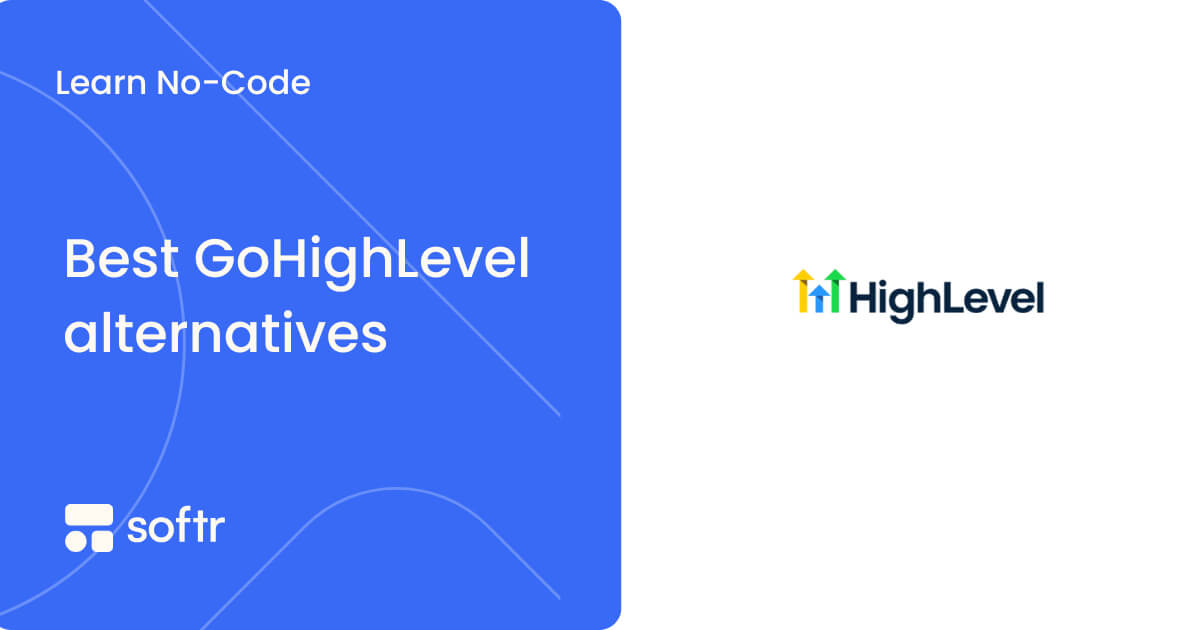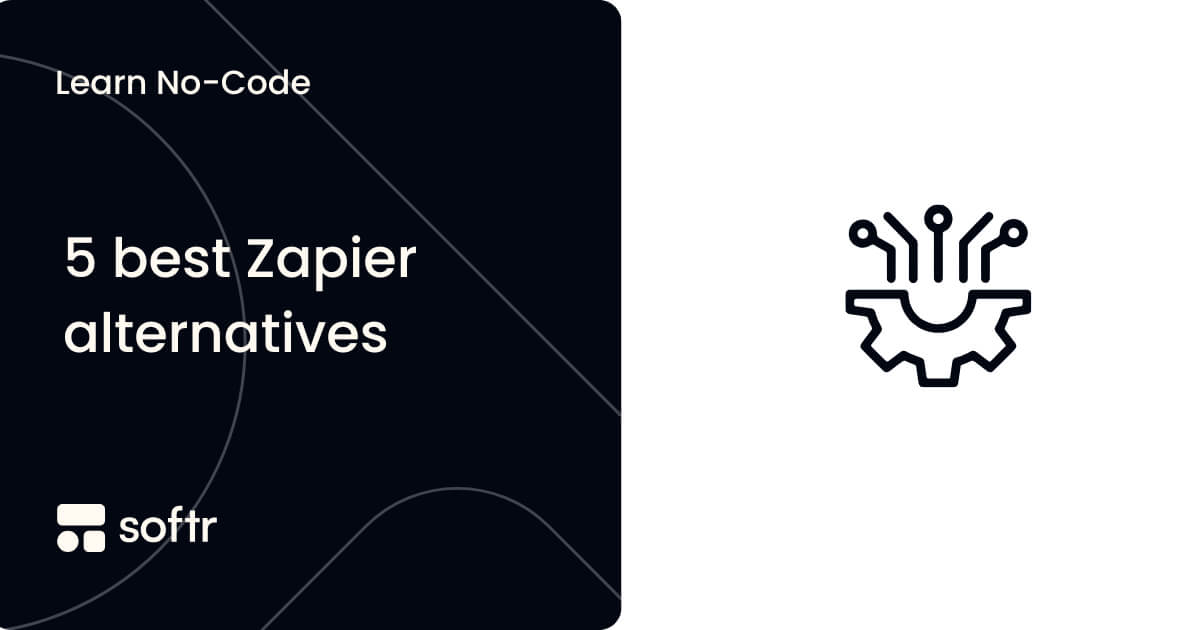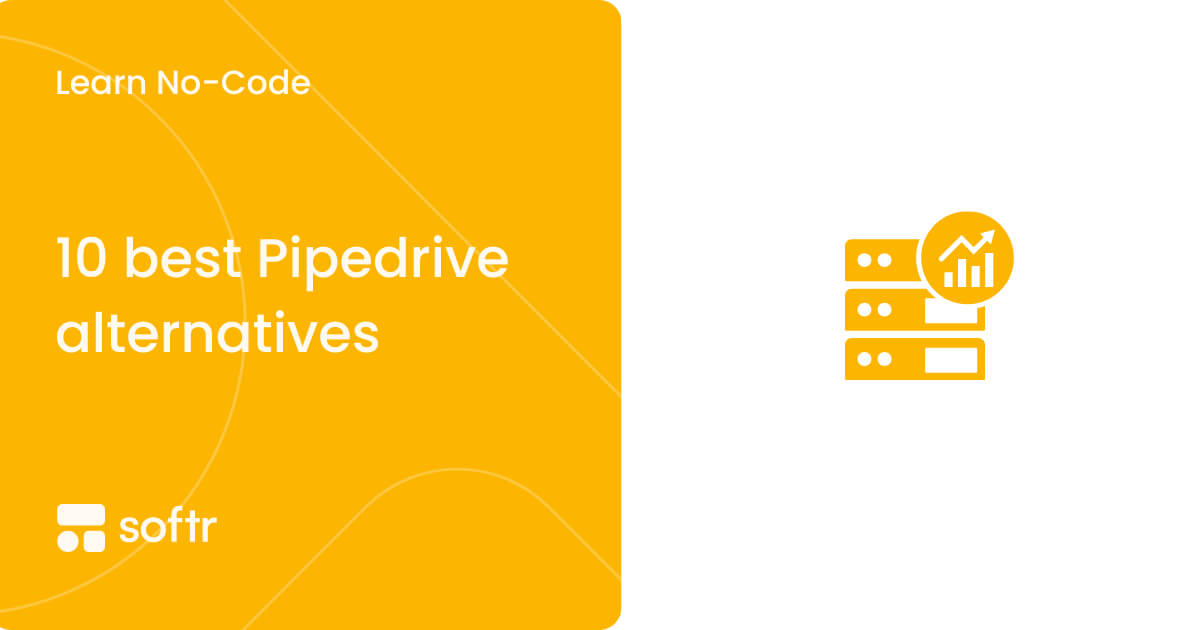The top 5 client onboarding software solutions to reduce support costs and boost retention

Client onboarding is the first and most powerful step on the road toward customer success. It’s the best way to ramp up, reduce churn, and ensure ongoing client satisfaction.
And inevitably, customer onboarding can boost client retention. Research shows that clients who receive a proactive onboarding experience are between 50-150% more likely to renew or maintain services.
So, to reduce your churn rate and increase customer retention and satisfaction, add client onboarding software to your tech stack.
By taking advantage of customer onboarding platforms, you can automate client onboarding and scale a reliable customer success program.
There are several paid and free client onboarding tools on the market. We dug into the five most popular platforms to find:
- The best user onboarding software for different businesses and industries.
- Successful client onboarding examples from real users.
- The benefits of using customer onboarding platforms.
What is client onboarding software?
Client (or customer) onboarding software is designed to manage all the steps involved in bringing new customers into your business.
There are various types of client onboarding software depending on different phases of the customer lifecycle. When thinking about the software we want to use, let's take into consideration how we want to support our customer onboarding process. That way, user onboarding solutions can incorporate data and automation to help us:
- Manage the client onboarding process
- Educate our users for a speedy ramp-up time
- Incorporate and execute on client feedback
- Empower our customer support teams with common user questions
What are the benefits of client onboarding software?
As I mentioned above, client onboarding tools offer a number of benefits, depending on the problems we want to solve.
Here are some of the ways that different client onboarding software solutions can strengthen the client experience.
Reduce manual work with automation
Client onboarding software lets you set automated actions or use customer onboarding templates to free your team up from administrative work and reduce human errors or missed steps. Some examples of actions you can automate are:
- Client segmentation based on data demographics
- On-screen video tutorials
- Payment collection
- Pre-recorded comprehensive demos
Or you might use a SaaS onboarding software to manage emails and online communication with clients like:
- Welcoming new clients
- Promoting discounts
- Sharing tutorials
- Providing updates on delivery status
- Resetting passwords
Impress new clients
An efficient onboarding process starts with identifying client needs and pain points in order to come up with effective solutions and strengthen customer support.
Client onboarding software gives you the chance to:
- Centralize and analyze customer feedback
- Manage and resolve customer support tickets
- Create a unique client experience
Managed systems and data analytics help you champion your clients by anticipating and responding to their needs.
Tip: Here are some other ways you can impress your clients:
- Being consistent in your client messaging and response times
- Researching your competitors and establishing your own unique value proposition
- Being respectful, responsive, and proactive
- Optimizing your loading times
Grow your business
Client onboarding software makes it easier to scale your operations. By automating customer onboarding processes, you can easily:
- Build and share a client portal that’s specific to each customer
- Share async demos or tutorials
- Collect and manage payments
… all without any manual work.
In that way, onboarding software can help our client-facing teams handle anywhere from one to a thousand clients without direct involvement.
Reduce pain points
Once you understand your customers’ journeys, you can list and resolve common pain points to enrich the user experience.
Anticipating client pain points also increases user adoption and overall product experience.
For example, imagine your product is an automated time tracker that syncs to your payroll service. For your HR team to pay staff members on time, managers need to approve the whole team's tracked hours.
In this case, one of your biggest customer pain points would be how long it takes managers to approve team hours due to lengthy and hard-to-read reports. That means the payroll team would end up working late to avoid any payment delays, causing dissatisfaction.
Taking customer pain points into account is the only way to make your app an optimal solution for users.
Stay compliant with GDPR regulations
Client onboarding software guarantees data protection and compliance with GDPR regulations.
Under GDPR regulations along with other data privacy compliance such as the 'cookie' law, companies will need to receive consent from users before setting cookies or collecting any personal data.
In addition to client onboarding software, cookie consent tools can aid in developing an in-depth policy while tracking users' cookies with their consent.
Client onboarding software helps you secure customer information so it doesn’t get stolen and protects all parties involved in case of any future mishaps.
5 best client onboarding software
Now that we’ve run through the different types of client onboarding software, let’s review the most popular solutions for pros and cons to find the right tool for your business.
Here’s an at-a-glance comparison table:

The top customer onboarding platforms in 2024 are:
1. Inline Manual: Best for established small businesses

Source: Inline Manual
Inline Manual is a digital adoption platform that helps improve the client onboarding experience by guiding them through the product. This includes direct walkthroughs, tool tips and customer support articles.
With Inline Manual, you can onboard new users, explain how new features work, and market other services in your app without writing a single line of code.
Pros
- Enhance user onboarding by creating in-app walkthroughs, announcements, tool-tips, hot spots and help centers.
- Collect user feedback directly from the app.
- Fosters team collaboration with real-time edits, customization and team permissions
Cons
- It looks like pricing increases according to active user count.
- Users need to pay extra for pretty useful add-ons like iFrames support.
Best for:
Inline Manual is a great choice for creating in-app walkthroughs and sending announcements to a segmented audience. Their software would work well for small SaaS businesses that aren’t likely to have a dramatic increase in users.
Pricing
Inline Manual offers a free trial. Then, prices start at $158/month for 250 monthly active users (MAUs). An Enterprise plan is available with a custom quote.
2. Userpilot: Best for medium-to-large businesses

Source: Userpilot
Userpilot is a no-code software that lets you create user behavior-triggered experiences. That is, it analyzes customer actions within the app and uses that data to send teams segmented information.
This helps you quickly introduce users to your most valuable features and thoroughly target clients based on their feedback and actions.
Pros
- Allows A/B testing to experiment with different customer onboarding flows.
- Collects customer feedback to increase your Net Promoter Score (NPS).
- Shares hints and tips to alert users about new features when navigating through the app for the first time.
- Shows in-app pop-ups to drive upsells and conversions.
Cons
- Phone and mobile support is only available on their Medium plan.
- There’s a steep learning curve to build complex flows.
Best for:
Userpilot is an excellent user onboarding tool if you want to educate users on key features and help them adopt your product in a short period of time. Customers also use Userpilot to test out different onboarding flows and get feedback in real-time. Due to its pricing, this software is most popular with medium to large companies.
Pricing
Prices start at $249 per month for up to 2,500 monthly active users (MAU). Prices vary depending on your plan and how many MAUs you have.
3. Dock: Best for companies with complex onboarding and implementation

Source: Dock
Dock is a client-facing workspace that helps revenue teams close deals, onboard customers, and manage renewals. With Dock, your Customer Success team can create a personalized onboarding or implementation hub for each customer, all in a single platform. Use Dock to strengthen the customer experience through each phase of the customer lifecycle, including prospecting and sales.
Pros
- Dock lets you share and brand project plans, onboarding content, and forms in one collaborative workspace.
- Onboarding templates give everyone on your team a pre-made blueprint for onboarding a new customer.
- Embed checklists and product education to give customers one self-serve help center.
- Track onboarding engagement and stakeholder activity to predict and win more renewals.
Cons
- Dock requires some initial setup time to build your company's onboarding and implementation templates.
- Dock is still a relatively new company, so it doesn't have some more advanced features like an API. (That said, they have weekly product releases so the product is improving quickly.)
Best for:
Dock helps Customer Success teams provide a smooth customer onboarding experience and win more customer renewals.
Pricing
Dock has a free trial for up to 5 workspaces. Their business plan starts at $49 per person per month. Their enterprise pricing is available upon request.
4. ChurnZero: Best for mid-sized SaaS businesses

Source: ChurnZero
Churn rate is closely entangled with how well you understand your customers. ChurnZero is a customer onboarding platform that helps you gather data about customers throughout their lifecycle and share it with your team.
The customer success tool uses AI, in-app communications, and automation to increase customer retention and prevent churn.
Pros
- Gives you access to the command center with customer information, real-time alerts, and automations.
- Ensures personalization at every stage of the user journey.
- Creates content for different segments and adds user names into all in-app communications and walkthroughs.
- Helps you become a data-driven product owner.
- Gives you access to health scores, reports, and survey data to adjust your onboarding checklist as needed.
Cons
- It can be messy to build different journeys and timelines simultaneously.
- Lacks customization options for different personas.
- Has a steep learning curve and isn’t as intuitive as other similar platforms.
Best for:
Users go for ChurnZero to have access to customer data in real-time as they go through each step of their onboarding journey. They then use those insights to reorganize their onboarding process.
Mid-sized companies find ChurnZero useful because it’s not as expensive when compared with other similar tools on the market.
Pricing
ChurnZero’s pricing isn’t disclosed on their website. You need to fill out a form to get a custom quote based on your in-app requirements.
5. Pendo: Best for enterprise-level companies

Source: Pendo
Pendo is a user onboarding tool that helps you build and customize the product experience to increase value and simplify the onboarding process.
This all-in-one platform is designed to increase product adoption and customer satisfaction with a variety of different tools and solutions.
The software gives users access to analytics, includes in-app guides, and gathers user feedback.
Pros
- Tracks how clients use your product and key features, as well as when and how often.
- Lets you roadmap your customer journey and share your insights with key stakeholders to guarantee team alignment.
- Integrates seamlessly with a large list of tools like Salesforce, Hubspot, Looker, and Tableau.
Cons
- Steep learning curve for specific features like integrations and setup.
- Customization isn’t granular. For example, if you need to change your branding, you’ll need to start again from scratch.
Best for:
Users sign up for Pendo with the hopes of reducing churn rate, increasing retention, and providing a great customer experience.
But what I think makes Pendo great is its ability to mix analytics with in-app tutorials. Pendo is an excellent choice for large corporations with over 500 employees because it integrates with a large list of enterprise software solutions.
Pricing
Pendo has a free version with limited capabilities. If you want to upgrade, you can ask for a custom quote based on your company's needs.
Build a custom client portal with Softr
The above tools are all great solutions for onboarding customers within your app, but most of them lack full customization capabilities. In those cases, it’s better to take matters into your own hands and build a client portal yourself.
Softr isn’t a dedicated client onboarding system, but it offers lots of benefits when it comes to building custom web apps. With Softr, you can create your own solution and add the customer onboarding platform features you need using your Airtable or Google Sheets data.
Softr uses the power of AI to generate and enable fully-fledged content creation to support your customer onboarding.
Think of this user platform all-in-one shower wash. Instead of shampooing and conditioning with different products, you can build many different types of web apps with the same platform: B2B or white label client portals, employee intranet portals, or any other kind of web app.
Softr: Best for easily building your own custom, no-code web app

Softr is a no-code web app builder that has a zero learning curve and gives you the freedom to customize as much as you want. With Softr, you can build your own web app, include in-app alerts, and create automations to onboard your users all in the same place.
Pros
Offers seamless integrations that let you customize your in-app client onboarding:
- Intercom lets you add in-app product tours, chatbots, and email campaigns.
- Mailchimp and Mailerlite let you create email campaigns and automate customer messages.
- Hotjar, Google Analytics, and Fathom let you gather user analytics.
- Crisp, Drift, and Hubspot Chat help you solve visitor needs before they become paying customers to increase conversions.
Other pros of using Softr include:
- Gives you full control over your end-to-end web applications.
- Lets you create a document portal or a knowledge base to onboard clients who like to read long-form, comprehensive step-by-step guides.
- Allows you to personalize your onboarding system by gating your content and adding membership access.
- Being a no-code tool, Softr requires little to no ramp-up time.
Cons
- Since Softr isn’t a specifically designed tool for client onboarding, using it for in-app guidance will be extra work.
- Softr only lets you create no-code web apps. If you want to develop a native mobile app, you might need to consider other options.
Tip: If a web-accessible mobile app works for you, you can use Softr’s PWA builder.
Best for:
People usually start out with Softr to create a custom web application. The most common use cases are to build:
- Client portals for better communication with your suppliers.
- Customer service portals to improve B2C relationships.
- OEM partners portal for better planning processes and communication with your OEM partners.
- Sales CRM for managing sales-related communications.
Pricing
Softr offers a free plan with limited records for your back-end database. Then, prices vary between $49 and $269 per month—based on yearly billing.
Selecting a client onboarding tool
In my opinion, each of the tools mentioned in this article can improve customer onboarding for SaaS companies — it all comes down to why you’re searching for a user onboarding platform in the first place.
Take into account your industry, user base and company-size to determine which solution is right for you.
For example, if you’re a small business that has under 2,500 MAUs, Userpilot might be your best choice. Their software lets you test out different scenarios simultaneously, track data in real-time, and add several in-app interactions—like hotspots, hints and tips, and in-app pop-ups.
But if you like to be in control of your applications end-to-end, don’t want to spend too much money, and want the ability to create more apps without having to pay extra. Then, Softr is your only choice.
Frequently asked questions about client onboarding software
What is the best customer onboarding software?
There are many great tools for customer onboarding. These are the best customer onboarding software for different purposes:
- Best for building a custom, DIY solution: Softr lets you build your desired web app and use integrations to automate welcome emails, add in-app guides, and set up a chatbot.
- Best tool for small businesses: Inline Manual lets you create almost any kind of in-app pop-up and track useful customer data.
- Best for enterprises: Pendo is a comprehensive user onboarding tool that helps guide clients and shares information across your team to foster data-driven decisions.
What is the best client onboarding process?
The best client onboarding process is one that has a thorough understanding of the user journey and is automated to anticipate their pain points and questions. Let’s get a little bit more specific about what a great client onboarding process looks like:
- Answers user questions before they even think of them
- Provides a comprehensive explanation of features
- Isn’t intrusive, long, or unskippable
- Is based on data and client feedback
- Is constantly improving
What is the customer onboarding program?
A customer onboarding program is the process that businesses use to introduce new clients to their product or service, educate them on product features, and enable them to have a successful client experience.
For SaaS companies, this means enabling your users to understand and use your tool, and provide them with access to customer support features such as a help center, support desk and FAQ page.








